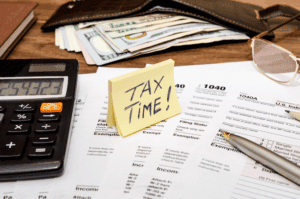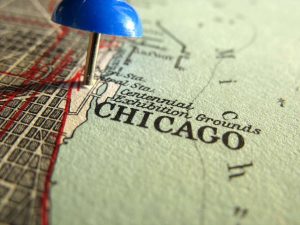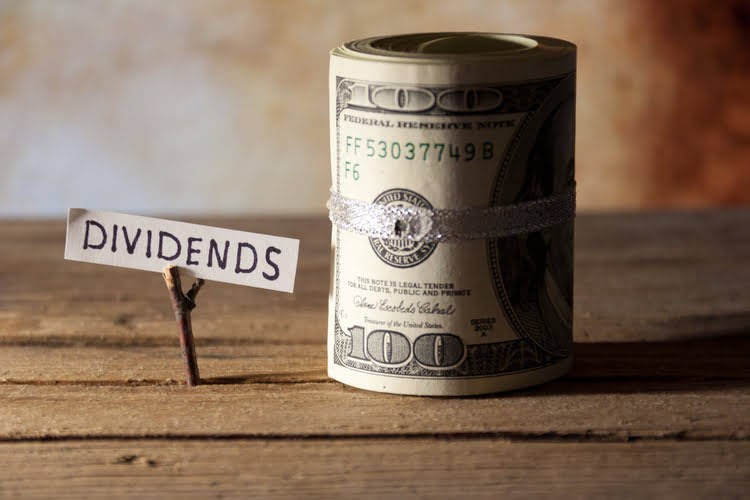
However, as these assets are used over time, they depreciate—meaning they gradually lose value due to wear, tear, or becoming outdated. This loss in value is subtracted from the original cost of the asset to calculate the NFA. Fixed Assets are the part of non-current assets, which are owned by the company with the aim of productive use by the firm rather than resale. They are expected to provide economic benefits for more than one accounting year and are held by the company for carrying out business operations. On the balance sheet, fixed assets are reported at their net book value, i.e. purchase price less depreciation or amortisation as the case may be.
- These assets include things that are essential for the company’s operations but not easily converted into cash.
- These assets are said to be “fixed” when they are intended for use by the company and to create long-term value.
- A fixed asset is long-term tangible property or equipment a company owns and uses to generate income.
- Fixed Asset Software For Sage Intacct AssetAccountant was approached by Sage Intacct in 2020 to be the recommended fixed assets …
- Since they are of high value the more fixed assets a company has, the more net worth it is likely to have.
The Difference Between Fixed Assets and Current Assets
This term is often used in financial statements to describe the value of a company’s long-term physical assets after accounting for accumulated depreciation, reflecting their current worth. You need X-ray machines, examination tables, and office furniture – as your fixed assets, that will provide long-term value for your practice. On the other hand, the bandages and other medical supplies will be used for day-to-day operations – are your current assets. As a business owner, you will need to have a solid understanding of fixed assets vs current assets and a system in place to manage both simultaneously. Information about a corporation’s assets helps create accurate financial reporting, business valuations, and thorough financial analysis.

Current Assets vs Fixed Assets: What’s the Difference?
There are many factors which will affect your ability to control your distribution of fixed and current assets. You might be wondering if there’s a balance (no pun intended) you should strike between your fixed and current assets. They are the opposite of fixed assets, meaning these are assets that are easily transferable into cash (within one year). How do you determine whether an asset can easily be transferred into cash? Well, a good rule of thumb is if the asset cannot be transferred into cash within one year it would generally be considered fixed.
What is Fixed Asset Management? Features, Benefits and Best Practices
Accumulated depreciation is a fundamental principle in accounting, especially in the areas of asset control and … Current assets are likely to be realized within a year or 1 complete accounting cycle of a business. Fixed assets would usually last for more than a year or 1 complete accounting cycle of a business.
What are fixed assets

Fixed assets are listed on the balance sheet as property, plant, and equipment (PP&E). Fixed assets are also called tangible assets, meaning they have physical properties or can be touched. Current assets and fixed assets are located on a company’s balance sheet, which consists of the assets of a company whether they are financed by equity or debt.
Fixed vs. Current Assets: Practical Examples
Current assets primarily serve to support daily operational needs and ensure a business can meet its short-term financial obligations. They provide the liquidity needed to cover expenses such as payroll, utilities, and inventory purchases. Examples of current assets include Cash in hand, Cash at the bank, Stock, Debtors, etc. Examples of current assets include Cash in hand, Cash at the bank, Stock, Debtors etc.
Use Cases of Current Assets vs Fixed Assets

A higher current ratio is generally considered favorable as it indicates a better ability to cover short-term liabilities. However, an excessively high current ratio fixed asset accounting may suggest that a company is not efficiently deploying its resources. The interpretation of current assets and ratios may vary across industries and companies.
Accounting software and asset management automation The automation of accounting processes and software entails utilizing software solutions to streamline finance … With our tools, you can rest assured that your fixed assets will be properly utilized, positioning your business for greater success. These are assets which are converted to cash or exhausted during the regular accounting cycle of a business. If and when required, fixed assets are not easy to convert into cash. Fixed assets are long-term—also known as noncurrent—assets that are essential for a company’s operations and aren’t intended for sale. These assets, each with distinct characteristics and roles, form the foundation of a company’s financial health and operational capability.